Creating your own Calisthenics Workout Plan - 4 Essential Steps
When starting with calisthenics, you may be overwhelmed with information and not know where to start in regard to creating yourself a program. There are countless exercises on the internet, and endless possibilities. Aside from all the exercise choices and variations, the most important thing is to progress. Whatever it is that you wish to progress in, whether it be in strength, technique, muscle mass, or burning fat, programming is essential to help you track this, and give you an outline to follow. This article will not provide you with a specific plan, but is rather designed to help you get an idea of different options, and provide you with the basics to understand how to initiate an effective program.
FYI: We already have 2 workout plan examples here, one for beginners, and the other for more advanced athletes.
Let’s get started!
1. Define your Goals
The best way to set up a program is to initially define your goals. What are you aiming to achieve through your training? It could be to develop calisthenics skills, or it could be to become generally very strong. Maybe you’re interested in weighted calisthenics, and would like to be able to move around a lot of weight. Alternatively, your focus could be more on building a muscular physique, and strength may be irrelevant to you. Or all of the above. The point is that in order to improve at any of these, having a program to follow will help you organize your sessions and see more progress.

2. Find out which athletes are experts in your goals
The internet is a great resource full of information to get you started in your training. You can find endless videos on YouTube of how to progress in calisthenics. You can search “how to build muscle with calisthenics” for instance, and be inundated with useful information. However, not all information is necessarily useful or relevant to you. Therefore, finding specific individuals, athletes, or YouTubers who are experts at the goals you want to achieve, is a great way to progress. You can engage with their content and learn about how they were able to succeed in their area.
Bonus Tip: You can watch or listen to our podcast, where we invite some of the best calisthenics athletes in the world to discuss their training and routines. Particularly, our interview with Alessandro Mainente is very informative in regards to programming.
3. Build your program, or select an already existing one
Select the exercises that you’re able to perform with quality form, and that you will be repeating every week for a given amount of time (for example 1-3 months). Consistency with the exercises you choose is important, because otherwise you will not be able to create enough volume to progress in them. Once you have selected your exercises that are tailored towards your goals, you can define how many times per week you wish to train and on which days you will be performing which exercises. This is a general structure of what a workout plan might look like.
See our article here for an example of this.
Here are some typical styles of training within calisthenics that you can research and might be interested to play around with:
-
Circuit Training: This entails performing a set of exercises back to back with minimal rest time in between
-
HIIT (High Intensity Interval Training): This method consists of alternating between short periods of intense anaerobic exercise with rest periods, and repeating this process until exhaustion.
-
EMOM (Every Minute on the Minute): A great way to get in an effective workout in short periods of time. The principal is to perform an exercise for given repetitions for a minute, then rest for a minute, and repeat this for a given amount of sets.
-
Fullbody workouts: Fullbody workouts allow you to train all the muscle groups in the body in every session. Stimulating a certain muscle group multible times a week can be very effective in accelerating progress.
-
One Rep Max: This method entails training for your maximal output in one repetition. Typically used in the world of weight lifting, this concept can be applied to weighted calisthenics, for instance.
-
5x5: Performing 5 sets of 5 reps of a given exercise. An effective way to train a certain movement and accumulate sufficient volume.
-
Greese the Groove: This technique involves purposefully training at a decreased intensity in order to be able to train more often.
These are just a few of many training techniques. If any of these intrigue you, we encourage you to research them online and discover more!
General rule of thumb:
More workouts per week = opt for less intensity, so you don't get really sore, and you're able to train more often
Less workouts per week available = more intensity

An option outside making your own plan, is to purchase an existing plan from an accomplished athlete. Many athletes & coaches have published their own plans. If there is a particular individual that has already attained your goals, it could be a good idea to give their program a shot.
Lastly, you can also decide to work with a coach. This is a more costly option, however may be the most effective if you are clueless about where to start, and would benefit from having someone to personally guide you.
Pro Tip: In order to be super accurate with your progress, we would recommend tracking your workouts. You can simply use your phone or a notepad to write down how many sets and reps you were able to perform for each exercise. By doing this, every week you’ll be able to look back and see if you’ve improved.
4. Consider the use of equipment
The beauty of calisthenics is that it can be done almost anywhere and without the need for any equipment of a gym at your disposal. However, some specific equipment can be beneficial in upgrading your training performance. For example, if hand balancing is an interest of yours, then parallettes are a perfect tool to have in order to progress faster. Parallettes allow you to perform exercises with an improved grip, and a neutral wrist position, making training more comfortable, safer, and more enjoyable.

Parallettes are just one example of equipment that you can use to better your training.
Bonus Tip: We have a blog article with our 7 most useful pieces of equipment to maximize your efforts in training.
Conclusion
Hopefully this article has given you some insight on how to initiate your calisthenics training program. Fundamentally, the most important things are to progress week by week and get closer to your goals. You can try to alternate workout plans to find something that works well and that you enjoy, but we would recommend sticking to it for at least a month in order to see any progress. Changing programs every so often can be very useful as you create new stimuli for your body to grow and avoid stagnation.
 | 5.000+ Reviews
| 5.000+ Reviews
 Free EU Shipping above 100€*
Free EU Shipping above 100€*
 300.000+ Customers Worldwide
300.000+ Customers Worldwide

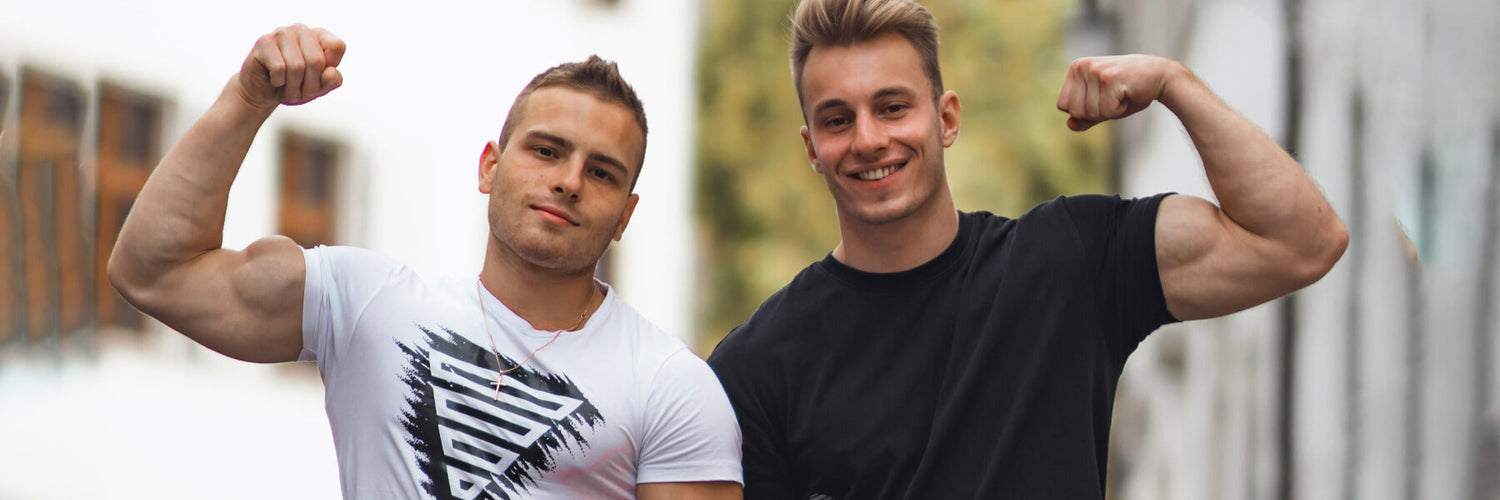



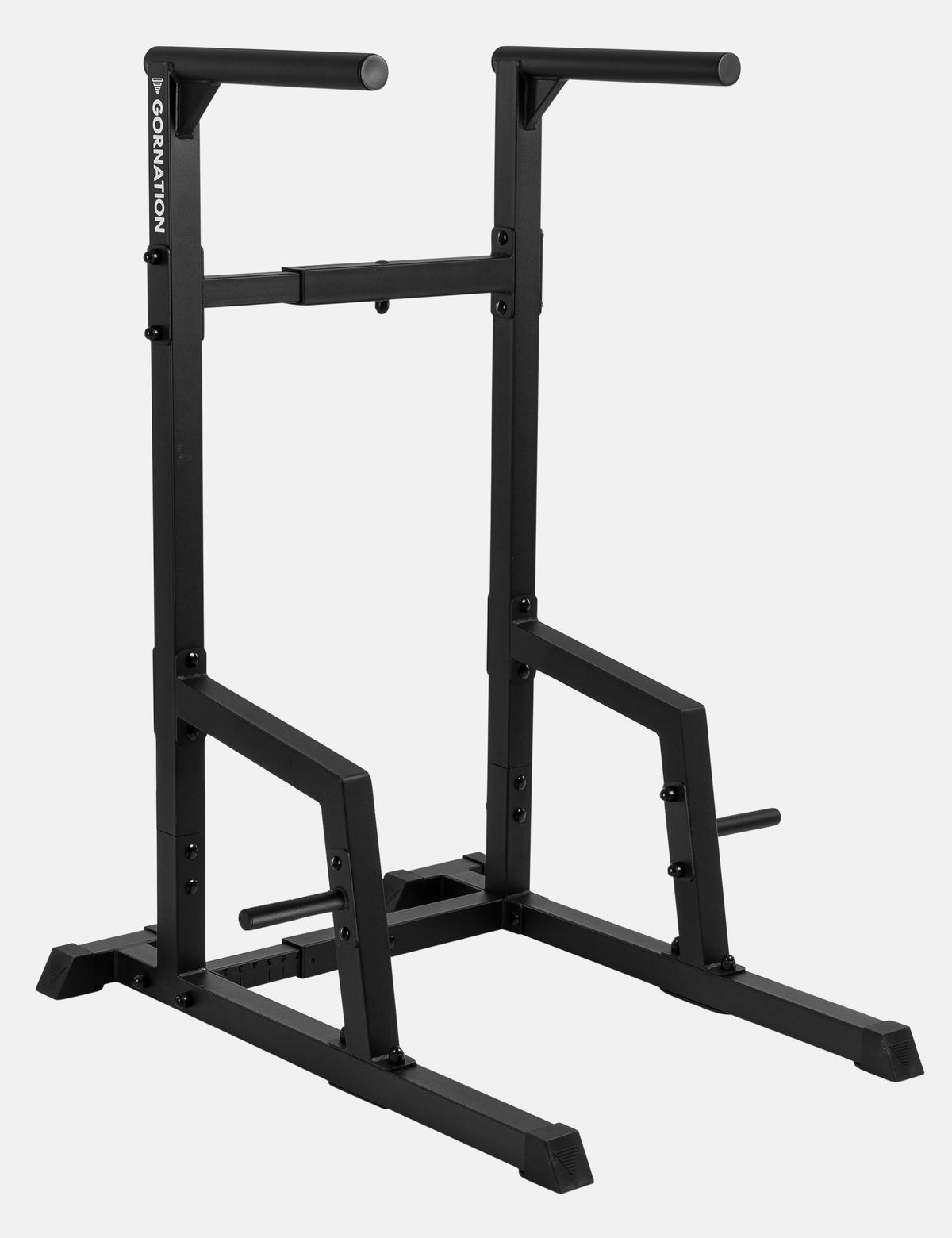

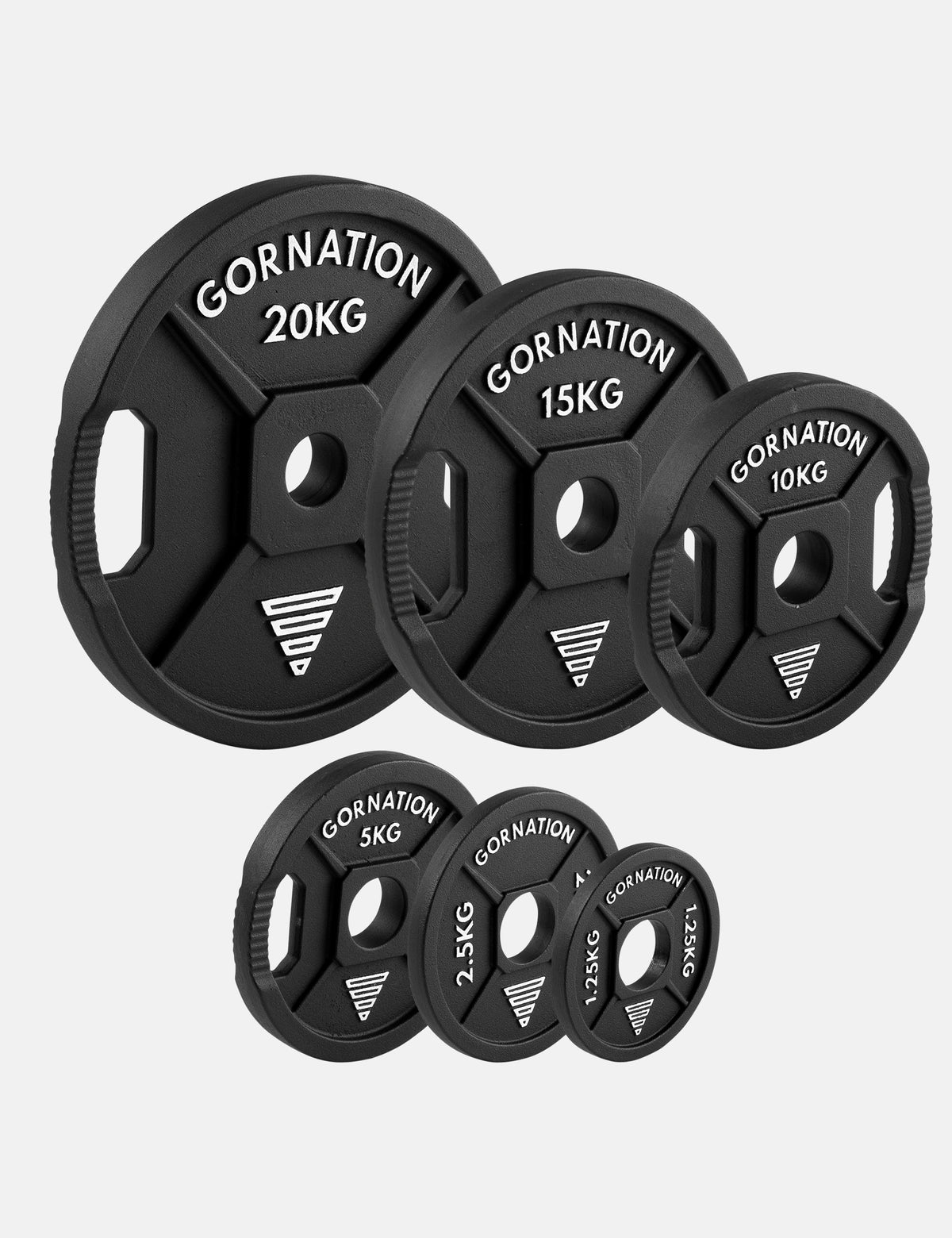
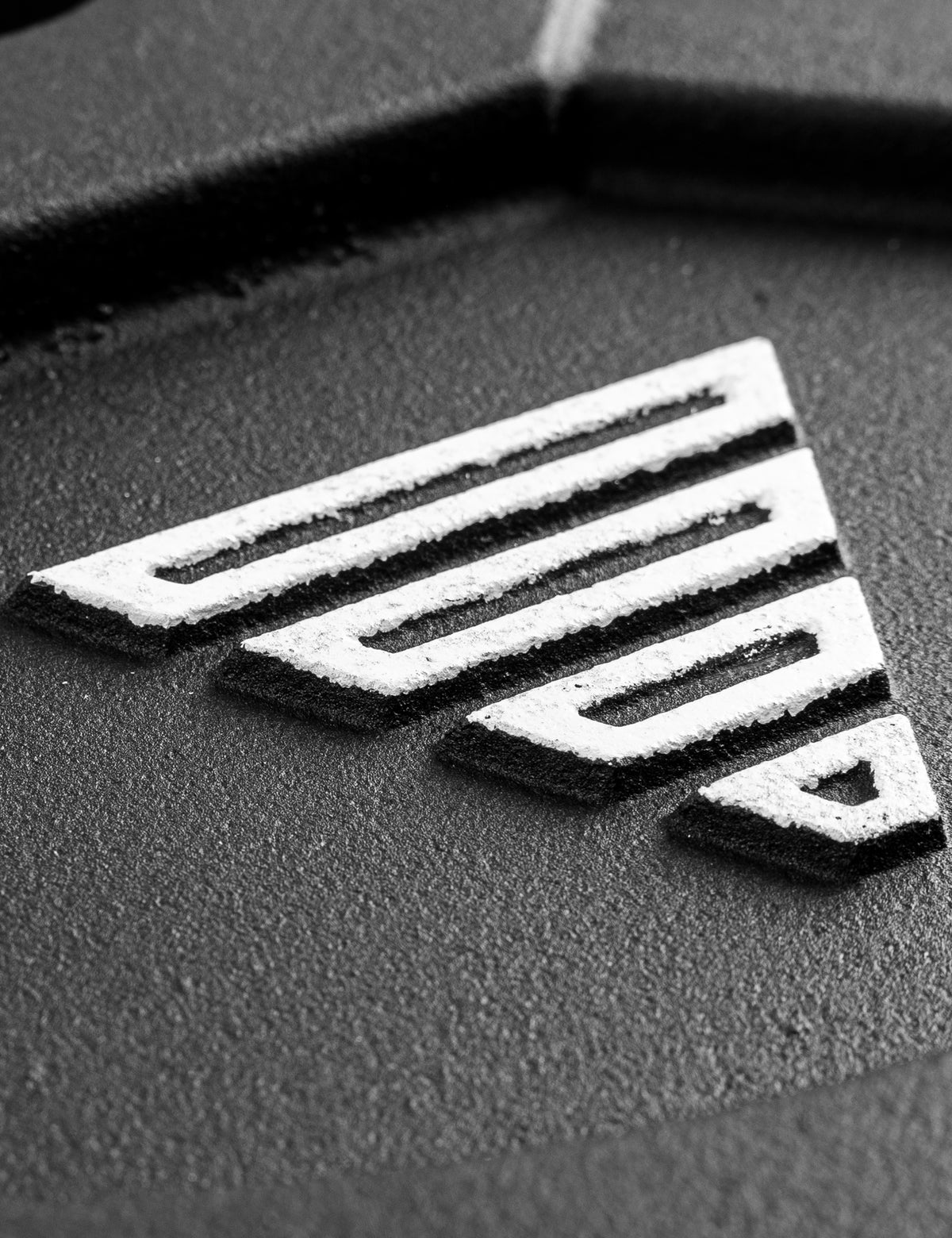


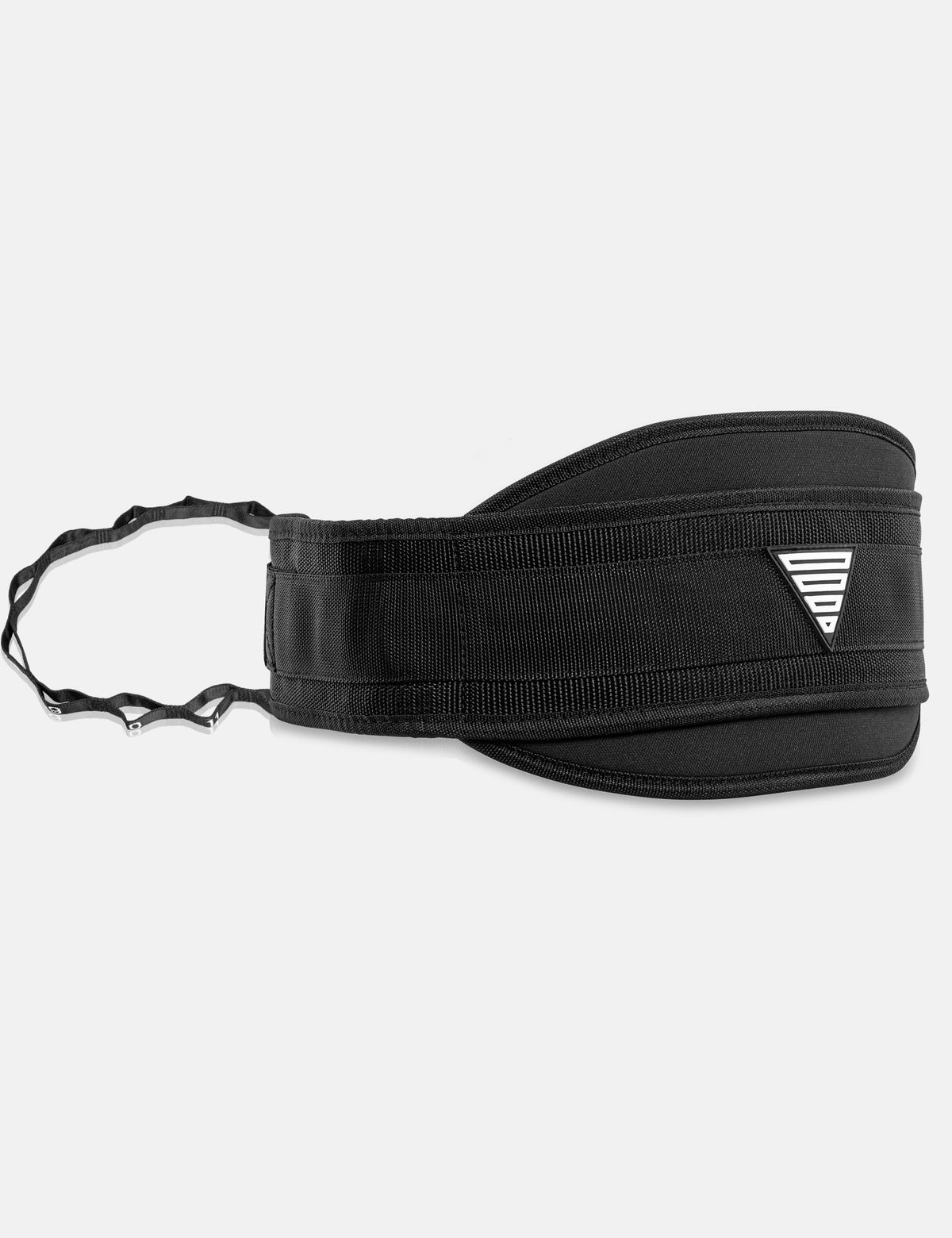
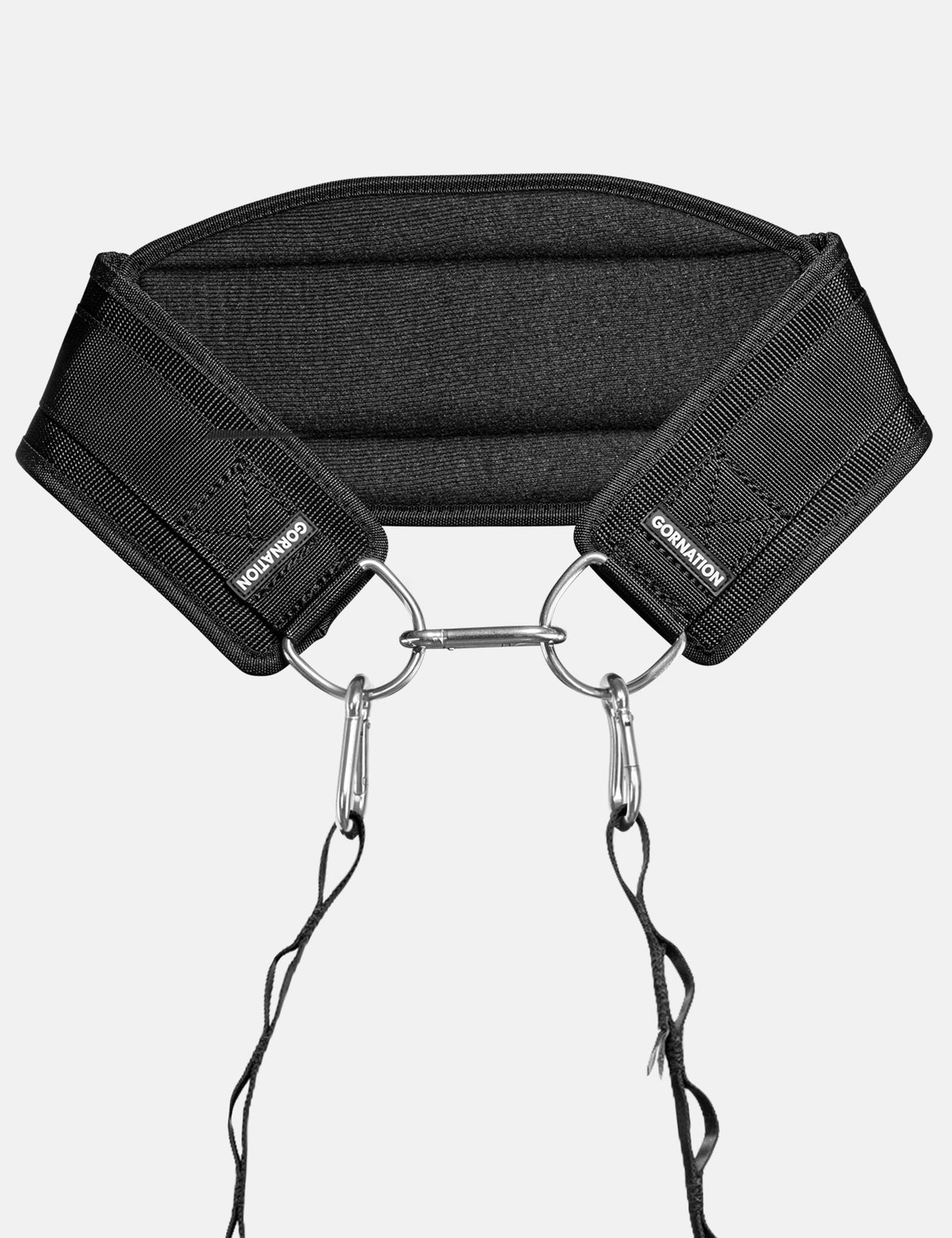
1 comment
Anthony
This was quite the intriguing read on where and how to get started with calisthenics. I wish to improve my skills with it and I like which equipment helps with your goals and different training styles.
This was quite the intriguing read on where and how to get started with calisthenics. I wish to improve my skills with it and I like which equipment helps with your goals and different training styles.